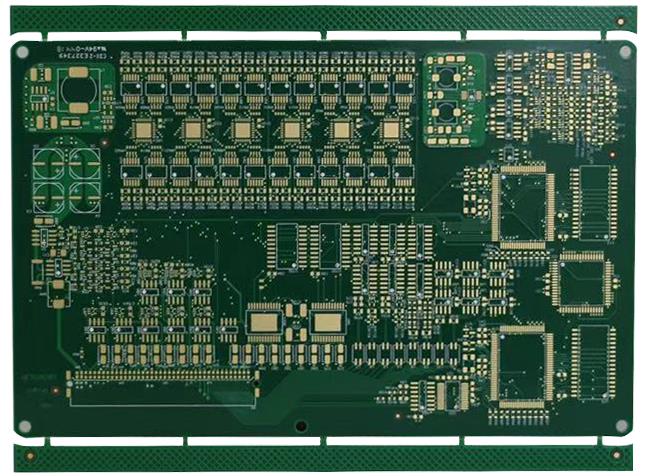In the component interconnection technology of electronic products, printed circuit board (PCB) is commonly used. With the increasing packaging density of modern electronic and mechanical components, the demand for printed circuit boards is increasing. As the number of printed circuit board layers increases, the printed lines become finer and the layers of the board become thinner. Especially in the past 10 years, with the high development of integrated circuit technology, there is a new design demand to fix the integrated circuit on the printed circuit board.
In order to achieve production and cost, Wang Gong of Shenzhen jieduobang Technology Co., Ltd. believes that we should consider some restrictions in actual operation. Moreover, human factors should be considered before PCB design. These factors are detailed as follows:
1. If the wire spacing is less than 0.1mm, the etching process cannot be carried out, because if the etching solution cannot diffuse effectively in a narrow space, part of the metal will not be etched.
2. If the wire width is less than 0.1mm, fracture and damage will occur during etching.
3. The pad size shall be at least 0.6mm larger than the hole size.
The following constraints determine the design method of the plate surface:
1. The size and performance of the remake camera used for the original film of the product;
2. Dimensions of original drawing and tabulation;
3. Operating dimension of circuit board;
4. Drilling accuracy;
5. Excellent linear etching equipment.

In PCB design, from the perspective of PCB assembly, the following parameters shall be considered:
1. The diameter of the hole shall be determined according to the material condition (MMC) and material condition (LMC). The diameter of a hole without supporting components shall be selected in such a way that the MMC of the pin is subtracted from the MMC of the hole, and the difference is between 0.15 and 0.5mm. Moreover, for strip pins, the difference between the nominal diagonal of the pin and the inner diameter of the unsupported hole will not exceed 0.5mm and not be less than 0.15mm.
2. Place small components reasonably so that they will not be covered by large components.
3. The thickness of solder resist shall not be greater than 0.05mm.
4. The screen printed logo shall not intersect with any pad.
5. The upper half of the circuit board should be the same as the lower half to achieve structural symmetry. Because asymmetric circuit boards may become bent.
From the perspective of PCB assembly, an important factor to be considered is that special attention should be paid to the possible short circuit caused by the inclination between the inserted components and their theoretical position before welding. According to experience, the allowable inclination of component pins should be kept within 15 degrees from the theoretical position. When the diameter difference between the hole and the pin is large, the inclination can reach 20 °. For vertically mounted components, the inclination can reach 25 degrees or 30 degrees, but this will reduce the packaging density.
The assembly method of multiple circuit boards can usually make the on-site maintenance as easy as pulling out the circuit board for replacement. Of course, the premise is that each independent circuit board can exercise its unique functions, so that there will be no large disassembly for the replacement of circuit boards and ensure less welding / desoldering times. Therefore, the design of printed circuit board must consider its maintainability.
The welding technology and equipment required during assembly also add many limitations to the design and layout of circuit boards. For example, in wave soldering, the size of the groove, the distance between the edges and the operation space are all important factors. At the same time, PCB designers must be as aware as possible of what the finished product should look like, and try their best to protect its sensitive parts. For example, any high voltage circuit should be protected from contact with the outside; The circuit board in the product and the components on the circuit board shall be placed carefully to achieve the damage caused by external objects.